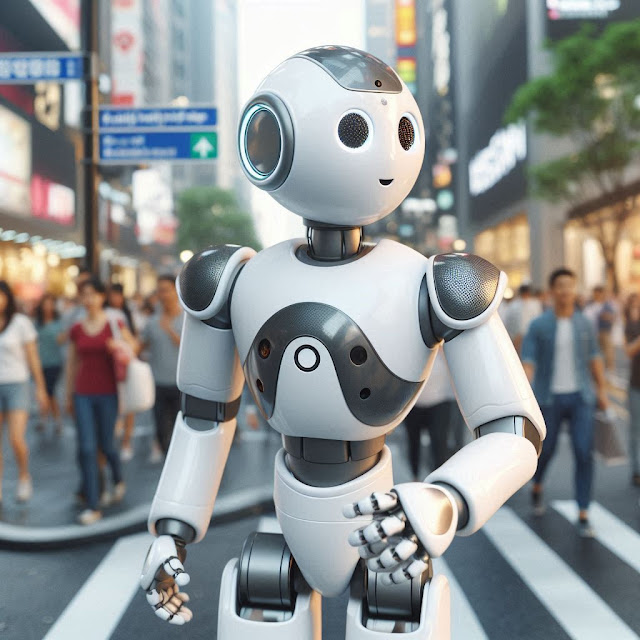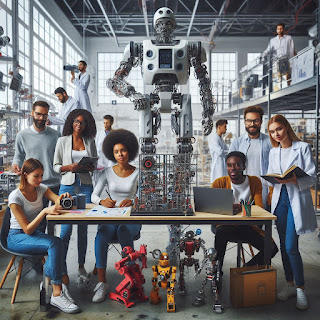What Are Some Exciting Developments in Humanoid Robots?
What Are Some Exciting Developments in Humanoid Robots?
Recent advancements in humanoid robots have been quite thrilling, showcasing significant progress in technology and capabilities. Here are some of the most exciting developments:
**1. Enhanced Mobility and Dexterity
- Description: Modern humanoid robots are increasingly capable of complex movements and tasks that mimic human agility. Advances in robotics have led to improved walking, running, and manipulation abilities.
- Example: Robots like Atlas by Boston Dynamics can perform parkour, climb stairs, and carry objects, demonstrating a high degree of mobility and balance.
**2. Advanced Artificial Intelligence
- Description: AI enhancements enable humanoid robots to understand and respond to human emotions, language, and actions more effectively. AI algorithms help in improving decision-making and interaction capabilities.
- Example: Sophia, developed by Hanson Robotics, uses advanced AI to engage in conversations, recognize faces, and display a range of human-like expressions.
**3. Improved Human-Robot Interaction
- Description: Innovations in natural language processing and emotion recognition allow humanoid robots to interact with humans more intuitively and empathetically. This includes understanding and responding to verbal and non-verbal cues.
- Example: Pepper by SoftBank Robotics can recognize human emotions and engage in meaningful conversations, making it suitable for customer service and companion roles.
**4. Enhanced Sensory Perception
- Description: Humanoid robots are being equipped with advanced sensors that enhance their ability to perceive and interpret their environment. This includes vision, touch, and spatial awareness.
- Example: Robots with advanced vision systems, like the ASIMO robot by Honda, can navigate complex environments and recognize objects and people with greater accuracy.
**5. Social and Assistive Applications
- Description: Humanoid robots are increasingly being designed for social interaction and assistive roles. They can help with tasks such as elderly care, education, and therapy.
- Example: Robear, a robot developed for elderly care, can lift and move patients with gentle precision, assisting in tasks like transferring from a bed to a wheelchair.
**6. Autonomous Navigation
- Description: Advances in autonomous navigation allow humanoid robots to move and interact within dynamic environments without human intervention. This includes navigating through crowded spaces and avoiding obstacles.
- Example: ANYmal, a quadrupedal robot, showcases autonomous navigation capabilities in complex environments, which could be adapted for humanoid robots in the future.
**7. Personalized and Customizable Features
- Description: Development in modular and customizable components allows for creating humanoid robots tailored to specific needs and applications. This includes adjustments in appearance, behavior, and functionality.
- Example: Companies like Engineered Arts offer customizable humanoid robots like RoboThespian, which can be tailored for various interactive and entertainment applications.
**8. Ethical and Regulatory Advances
- Description: As humanoid robots become more prevalent, there is a growing focus on ethical considerations and regulatory frameworks to ensure their safe and responsible use. This includes addressing privacy concerns and establishing guidelines for human-robot interactions.
- Example: Various organizations and governments are working on creating ethical guidelines for the development and deployment of humanoid robots, ensuring that they are used in ways that benefit society.
Summary
Exciting developments in humanoid robots include advancements in mobility and dexterity, enhanced AI capabilities, improved human-robot interaction, and better sensory perception.













Comments
Post a Comment